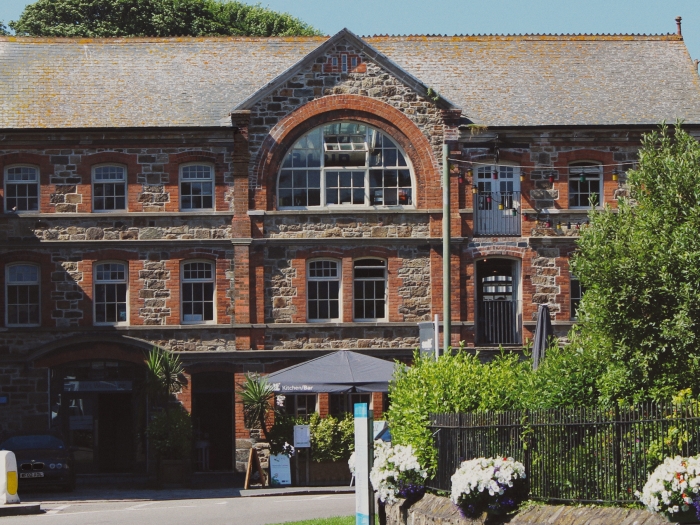Posted by Megan Oldcorn
White’s Warehouse is nestled under the railway viaduct on Hayle’s historic Foundry Square, and houses our studio, as well as Emily Nixon’s jewellery workshop and a bar and restaurant (we’re on the top floor, with the lovely arched window). It's a building of many guises; in its time a mill, bakery and carpet warehouse – as well as being our creative home since 2003.
The rise of Hayle
Although it’s now known for its beaches and estuary, during the 18th and 19th centuries, Hayle was one of the UK’s most important industrial hubs. Here, a relentless flow of tin, copper, coal, timber and iron passed in and out for the mining industry, and great minds like Richard Trevithick and Arthur Woolf worked.
Two rival companies, the Cornish Copper Company and Harvey & Co, fiercely competed to be the biggest and best, and much of Hayle’s present-day architecture dates back to this ‘boom’ period. In fact, you only need to stroll around our local area to see evidence of its past – the former mine buildings and smelting works, wealthy town houses and shops, as well as street signs bearing names like Copperhouse, Harvey, Trevithick and Humphry Davy. Now part of a World Heritage Site, Hayle was at the beating heart of the industrial revolution.
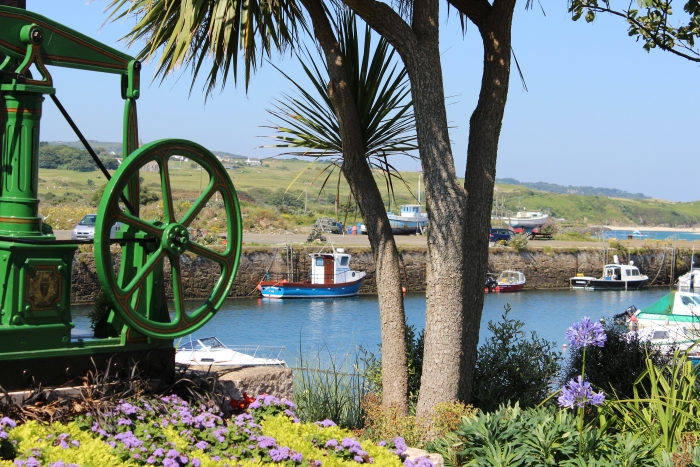
Foundry Square
Foundry Square was created by Harvey & Co, which produced world-class beam engines for mines (one of which can be seen at the London Museum of Water & Steam), as well as ships and tools. The buildings around the square date to the first half of the 19th century and are all linked to the company, its founding family, and their activities.
The square was set apart from the foundry itself, which was situated behind White’s Warehouse. Separate to the kilns, pattern shops and hammer mill, this area contained offices and counting houses, a mill, villas and mansions for the family and company directors, and a Wesleyan chapel, schoolroom and shops to serve foundry workers and their children.
Jane Trevithick, widow of Richard and daughter of John Harvey, was set up with her own business in the form of a small hotel (now the Masonic Hall), allowing her to earn an independent income. This was eclipsed only a few years later when Hayle’s prosperity necessitated the building of the far grander White Hart Hotel alongside it. John Harvey house, just next door to White’s Warehouse, was Harvey & Co’s head office, with its clock displaying both “local time” and “London time”, which was around twenty minutes ahead.
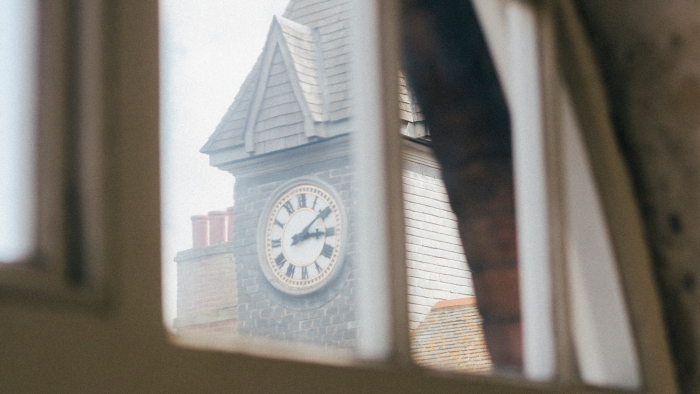
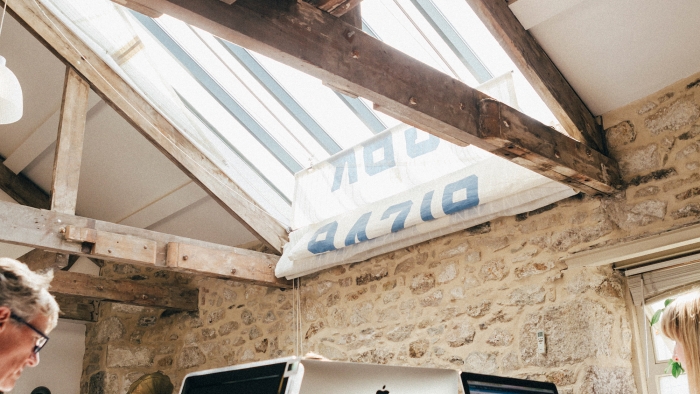
The Trevithicks and HTP
In 1852, the mill and bakery business of JH Trevithick split from Harvey’s to become a separate entity. By the late-1800s, the existing two-storey building, which dated to around 1828 and was part of Trevithick’s Stores, was extensively remodelled to form the White’s Warehouse we see today.
Here, the company milled, stored and traded flour, with easy shipping from Hayle to Bristol, Cardiff and Liverpool. With the then-main road through Cornwall passing by its front door, it was an impressive, architect-designed advertisement as well as a functional space.
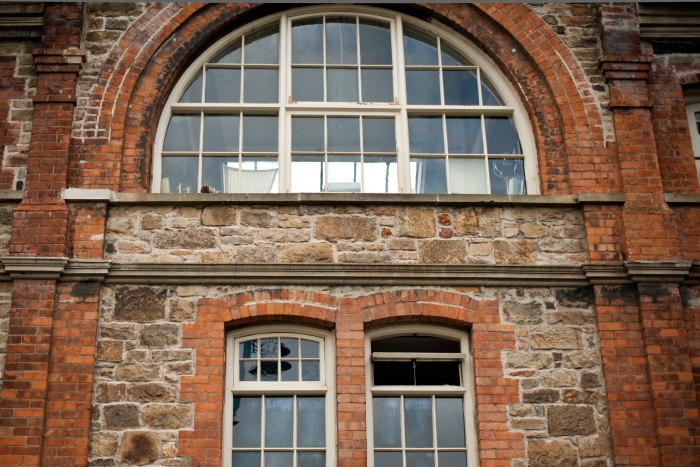
Trevithick’s bakery became part of Hosken, Trevithick, Polkinhorne & Co (HTP) in 1890, with White’s also known as the Hayle Steam Bakery. The bakery sold (as advertised in 1932) bread, cakes and ‘Fancy Goods of every Description’. Along the road at Foundry House, HTP acquired Harvey’s ironmongery store and began manufacturing “Cornubia” biscuits.
At one time, HTP was the largest and most well known grocery, milling and shipping enterprise in the west, with bases in Hayle, Truro and – later – Plymouth. Steam trucks and traction engines made deliveries by road, while grain and flour were shipped to and from the nearby harbour. HTP’s fine cotton flour bags became so ubiquitous that, according to rural legend, women transformed them into knickers during WW2 shortages, complete with still-visible ‘HTP’ branding.
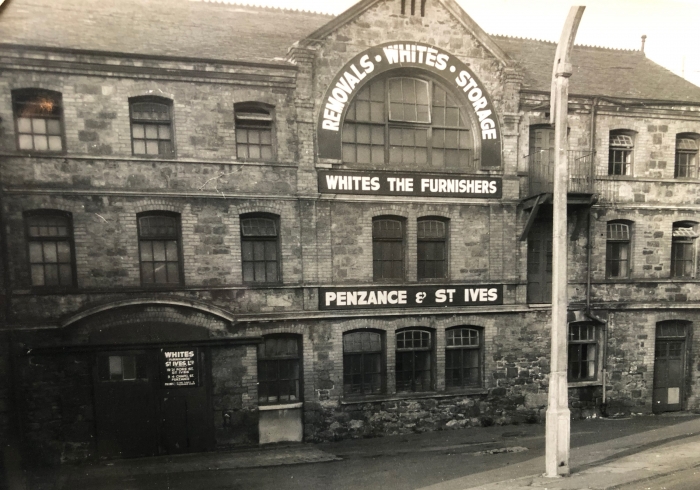
Whites the Furnishers
By the 1950s, what we now call “White’s Warehouse” was indeed owned by the White family. Whites the Furnishers had been founded by St Ives shopkeeper Joseph White, who began by making blinds at home before expanding into furnishings and carpets. Whites had two shops: one in Chapel Street, Penzance, and one in St Ives’ Fore Street. The company’s base in Hayle served largely as storage, though at one time carpets were sold from the ground floor.
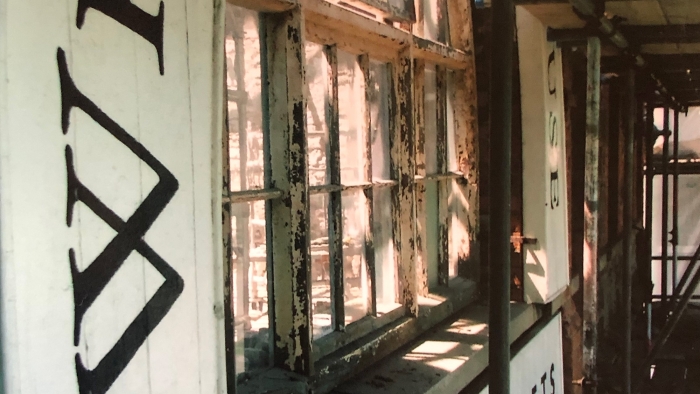

Nixon Design studio
In its earliest days, Nixon Design operated from Martin Nixon’s literal kitchen table, before expanding to encompass a less-than-ideal basement setup in Penzance. As team numbers grew, it became clear that a new ‘des res’ studio space was in order.
The purchase of White’s Warehouse in 2003 was, like some of the best moves in life, the result of a chance conversation between Emily Nixon and its then-owner Roger White. When Martin and Emily first took it on, much of the building’s structure was unchanged from its earliest days. On the ground floor, areas were blackened from original ovens, while the right side of the building (now bathrooms on every level) was given over to a sizeable flue. The entrance porch, which is now slightly raised to prevent flooding, was at ground level to allow horses and carts to reverse straight in for the dry unloading of goods.
Keen to respect and retain the building’s history, Martin and Emily set about sensitively restoring it while also creating a workable office space. Today, you can still see original winches and leather belts in the roof, along with holes and trapdoors in the floors. Downstairs, in what has become Emily Nixon’s jewellery showroom and studio, a small ‘H.T.P.’ sticker still adorns the wall.
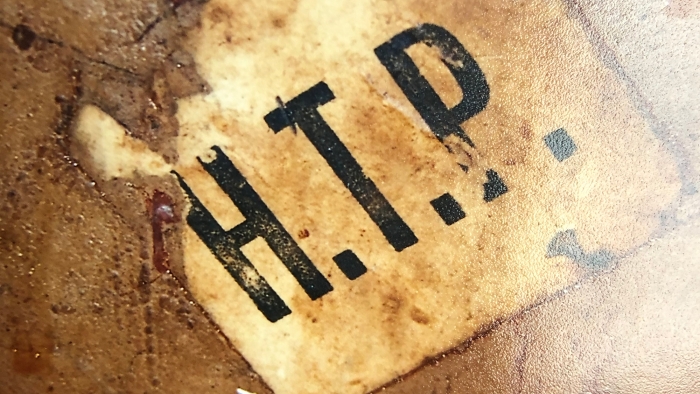

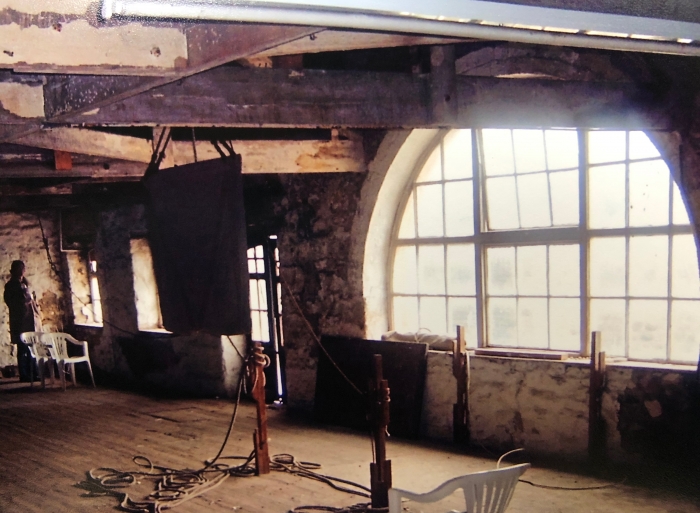
It was a real labour of love, but ultimately the Nixon dream team was able to give White’s Warehouse a new lease of life. To them, it was important that the building remained a place of enterprise (not a development of luxury flats), and this is a vision that has paid off – with up to 30 employees here at one time. For almost two decades it’s been our creative base, and there’s something uniquely inspiring about working in a place with such a rich history. Hot in the summer, cold in the winter, it has all the classic quirks of an old building – but it’s the perfect place for us.
Find out more:
- Visit the Hayle Heritage Centre.
- Visit Harvey’s Foundry Trust.
- Download the Hayle Townscape trail, courtesy of Hayle Town Council.

